Saihō-ji Temple (Kanrosan)
A 400-year-old Jōdo Shinshū temple, supported by prominent merchant families of Izumisano.
Sect:Jōdo Shinshū Honganji-ha
Originally founded in 1613 (Keichō 18) as a Shingon sect temple, Saihō-ji later became a Jōdo Shinshū temple.
During the Edo period, thanks to the support of wealthy merchants from Izumisano, the Meshino-ke and Karakane-ke families, the temple was revived as part of the Kōshō-ji-ha branch of Jōdo Shinshū. At that time, it was also known as Sanogobō, serving as the central temple of the Kōshō-ji branch in the Sennan region. Even today, a water basin engraved with the words “Sano Gobō” remains within the temple grounds.
In the Meiji period, the temple came under the Jōdo Shinshū Honganji-ha (Nishi Hongan-ji) sect, and high-ranking monks from the head temple in Kyoto would occasionally visit. On such occasions, the approach to the temple was improved, and a special place was created for lords to dismount from their kago (a traditional Japanese palanquin once used by feudal lords and nobles). The remains of this area are still preserved today as the Okagoyose-ato.
Inside the main hall, visitors can admire exquisite carvings and vivid colors crafted by skilled artisans. Even after more than 400 years, the beauty and elegance of these decorations continue to captivate all who see them.
👉 What is the Meshino Family(Japanese Only)
“Yume Densetsu ①”
“Yume Densetsu ②”
“Yume Densetsu ③”
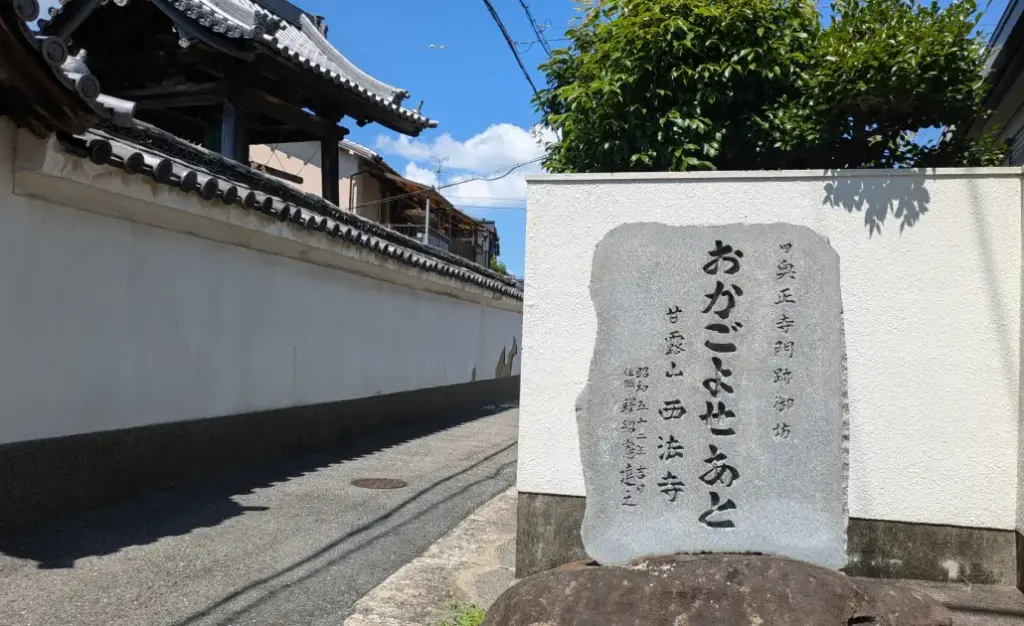
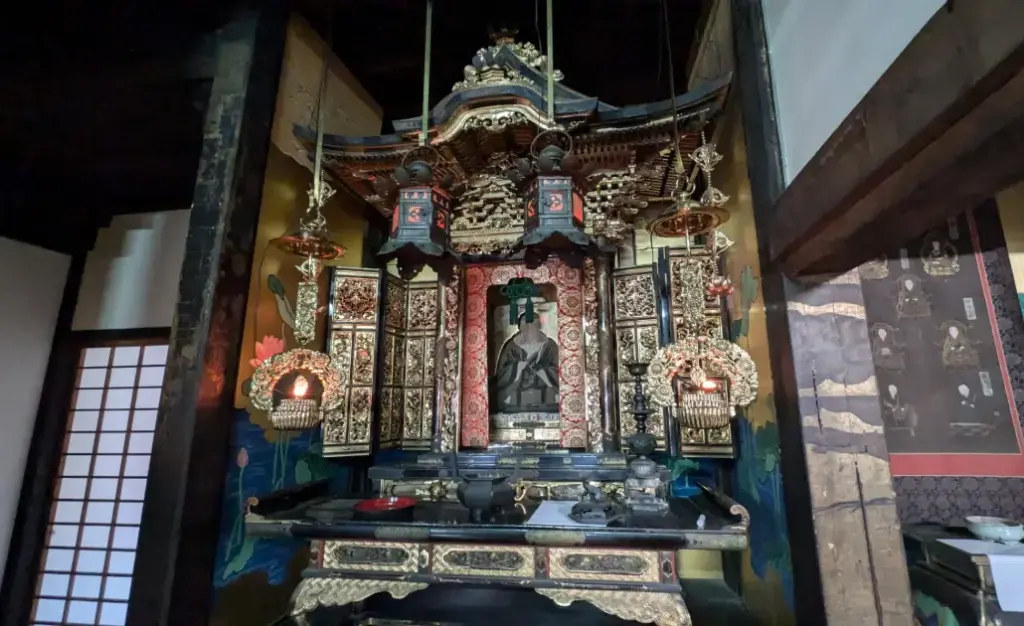
📌 Basic Information
📍 Saihō-ji Temple
📍甘露山 西法寺
| 📅 Reservation | Reservations are required to visit the main hall. |
| 🏠 Address | Motomachi 9-2, Izumisano City |
| 🚉 Access | 6 min. walk (approx. 400m) from Nankai Main Line Izumisano Station |
| 📞 Phone | 072-462-2101(Japanese Only) |
| 🚗 Parking | Available |
| 🕒 Visiting Hours | 8:00 AM – 6:00 PM (*Reservation required to view the Main Hall) |
| 💴 Admission Fee | Free |
| 🙏 Main Blessings | By reciting “Namu Amida Butsu(a central chant in Jōdo Shinshū Buddhism, expressing devotion to Amida Buddha)”, you can feel the compassion of Amida Nyorai and gain peace of mind, along with the wish for rebirth in the Pure Land. |
| 💳 Payment Information | Cash (Japanese yen) Don’t forget your offering |
🔗Official Website:
🌐 Social Media:
ℹ️ Detailed Information
◆ The temple was supported by the wealthy merchant families Meshino-ke and Karakane-ke, who were important parishioners.
◆ The Meshino-ke family contributed funds for the temple’s reconstruction in the early Edo period, donated the Korōmon (commonly known as the Taikodō, or Drum Tower Gate), and offered sacred scriptures. It is said that the Korōmon served as a private entrance for the Meshino-ke family, separate from the general visitors’ entrance.
◆ The bonshō (temple bell), cast in Kanbun 12 (1672), still remains in the temple grounds today, and is rung every New Year’s Eve to welcome the coming year — a tradition known as the Joya no Kane (New Year’s Eve bell ringing).
◆ The Kyōdō (Sutra Repository) houses the complete Buddhist scriptures known as the Issaikyō (Complete Buddhist Canon).
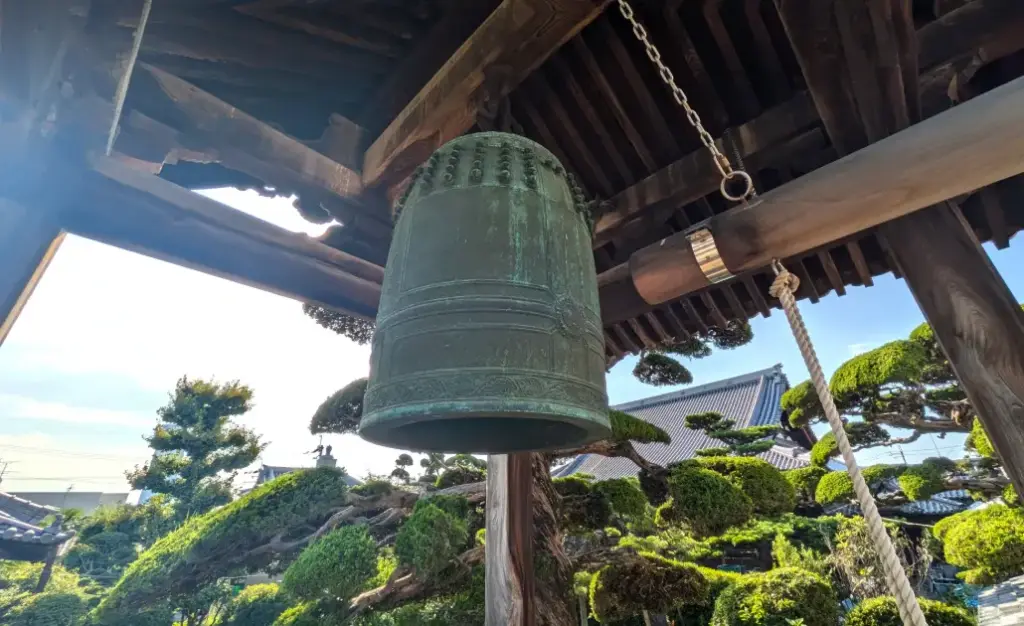
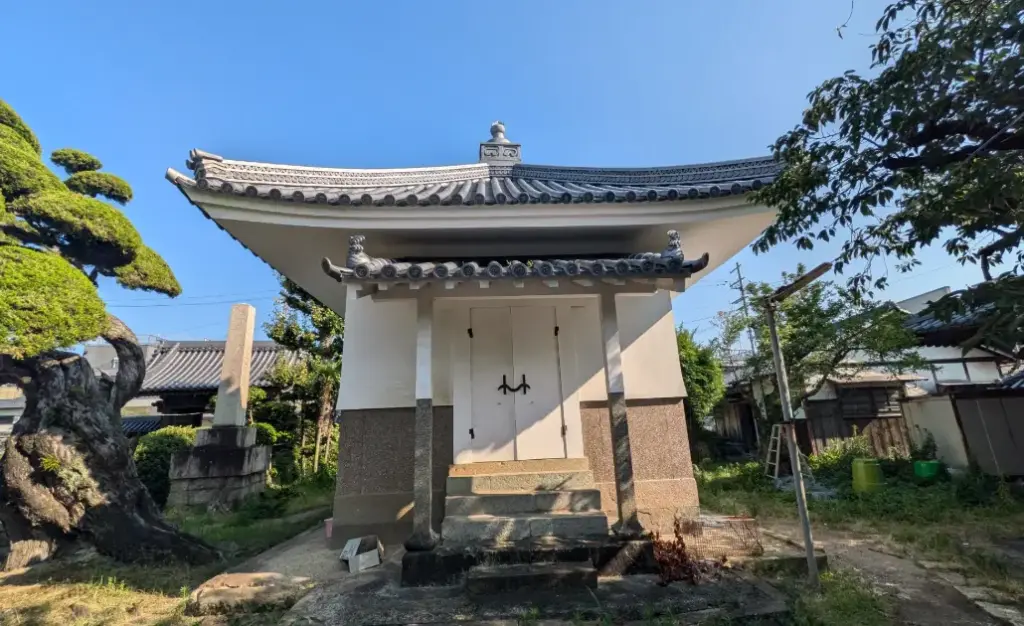
⭐ Highlights
◆ A standing statue of Amida Nyorai enshrined in the Main Hall. By chanting “Namu Amida Butsu”—a central chant in Jōdo Shinshū Buddhism expressing devotion to Amida Buddha—it is believed one can find peace of mind and be guided toward the Pure Land.
◆ On the right side of the Main Hall stands a wooden statue of Prince Shōtoku, who laid the foundation for Buddhism throughout Japan.
◆ Within the temple grounds grows the Kaizuka Ibuki, a majestic tree estimated to be 850 years old, about 6 meters tall with a trunk circumference of approximately 3.8 meters — the largest tree trunk in Izumisano City.
◆ The double-layered ranma (transom carvings) are exquisite and worth admiring.
◆ In front of the temple gate lies the Okagoyose-ato — the historic spot where visitors, including local lords and high-ranking figures, would dismount from their kago (palanquin). No matter how important they were, everyone would leave their palanquin at the Okagoyose before entering to worship.
◆ The Sanbu Myōten Ichiji Ikkoku no Tō is a memorial tower built by inscribing each character of the Lotus Sutra onto individual stones and enshrining them together.
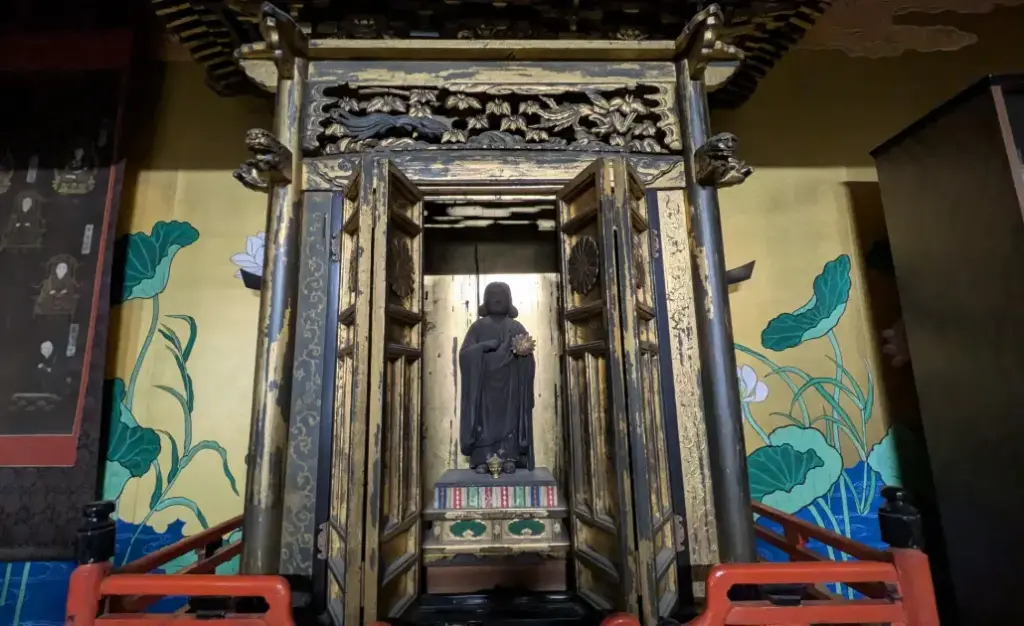

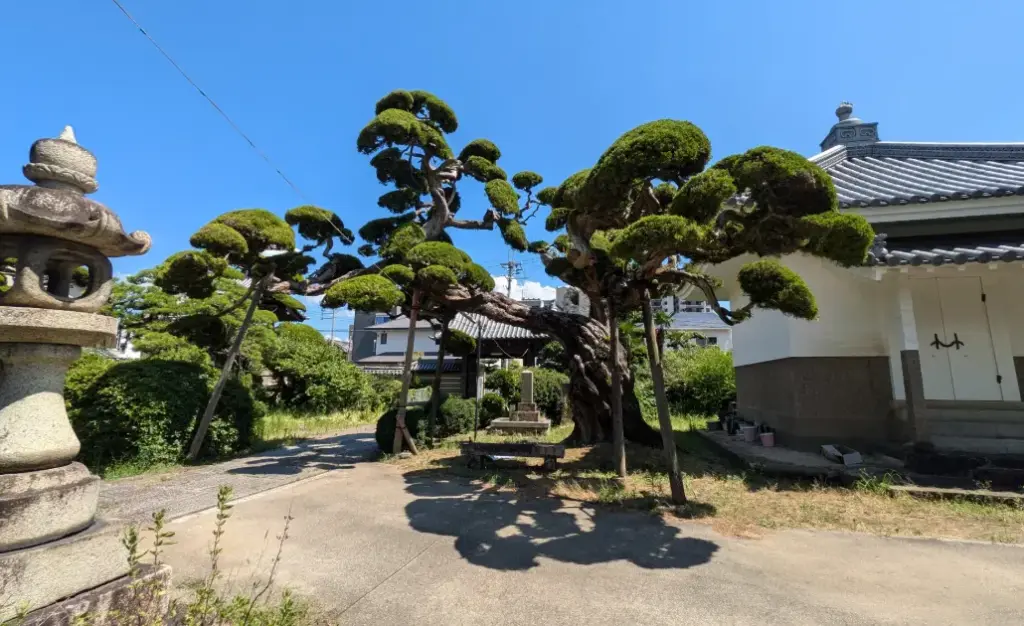
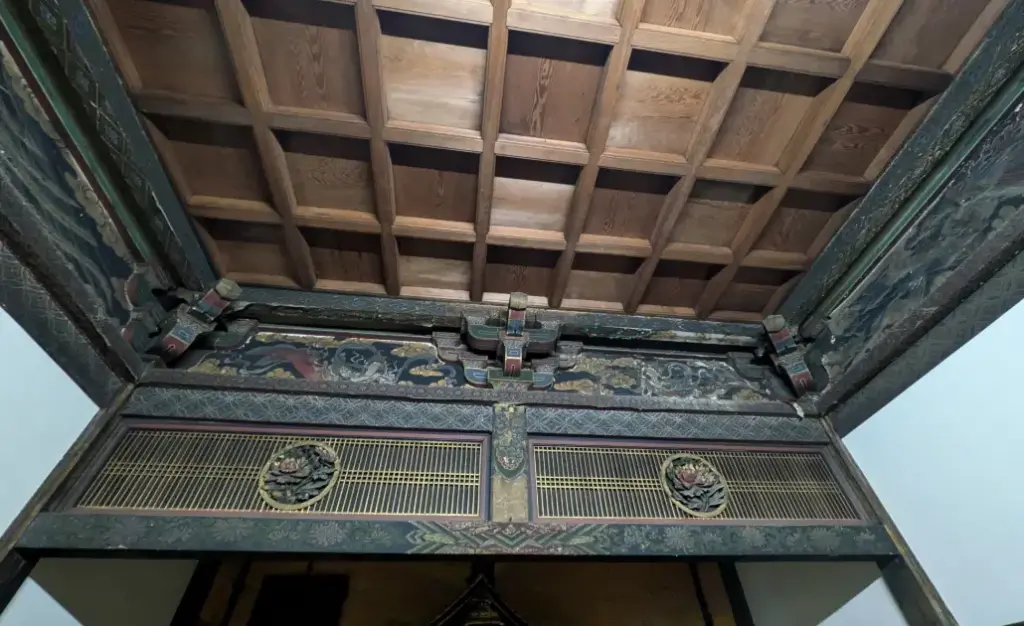
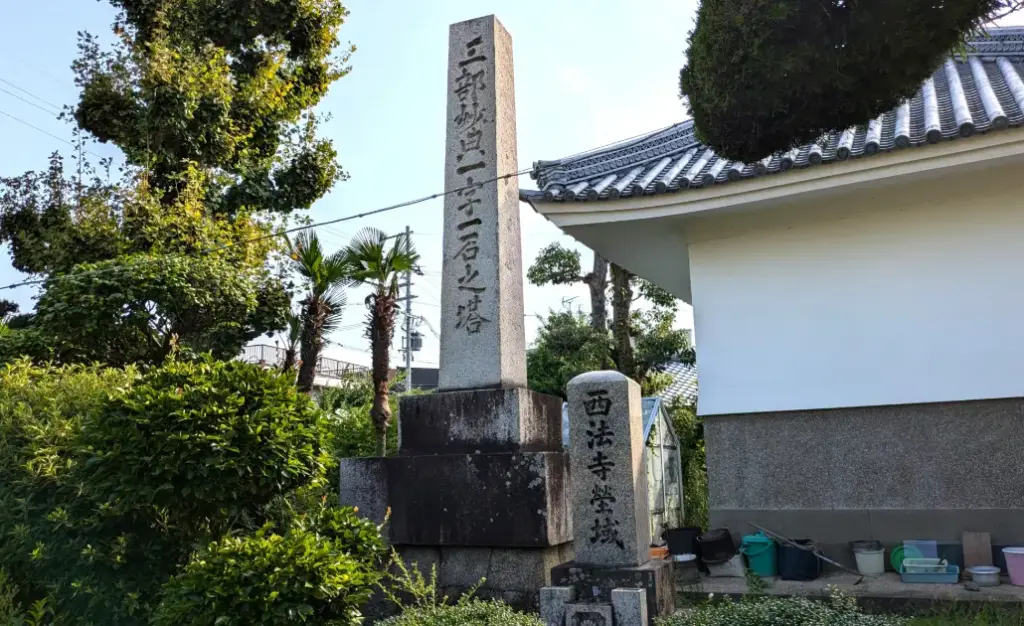
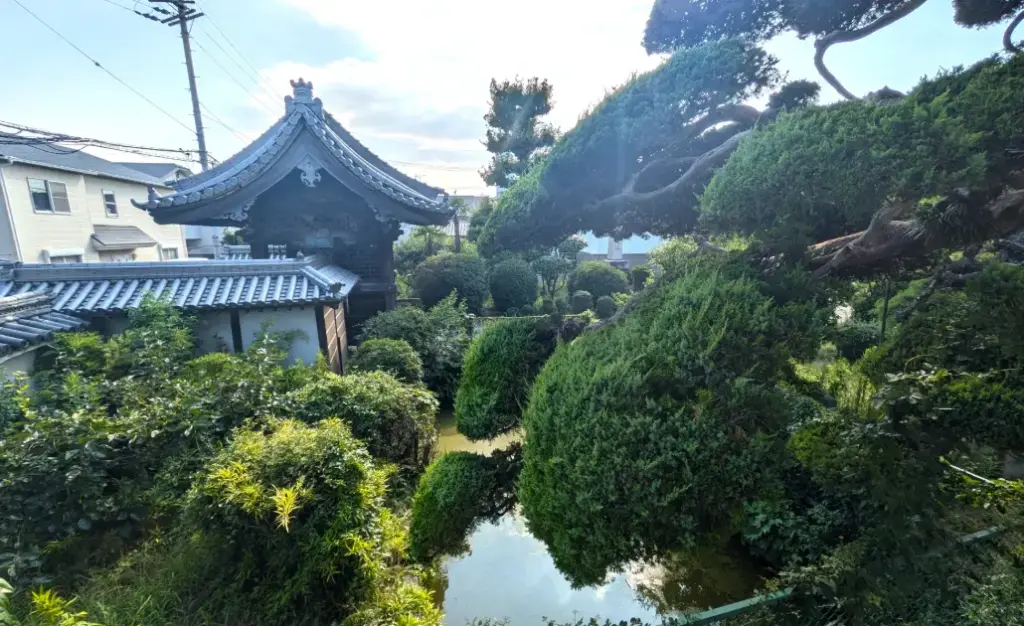
🏞️ Recommended Nearby Attractions
![]() Restaurants / Shrines and Temples / Accommodations, etc.
Restaurants / Shrines and Temples / Accommodations, etc.
⛩️How to Worship at Shrines and Temples
MAP


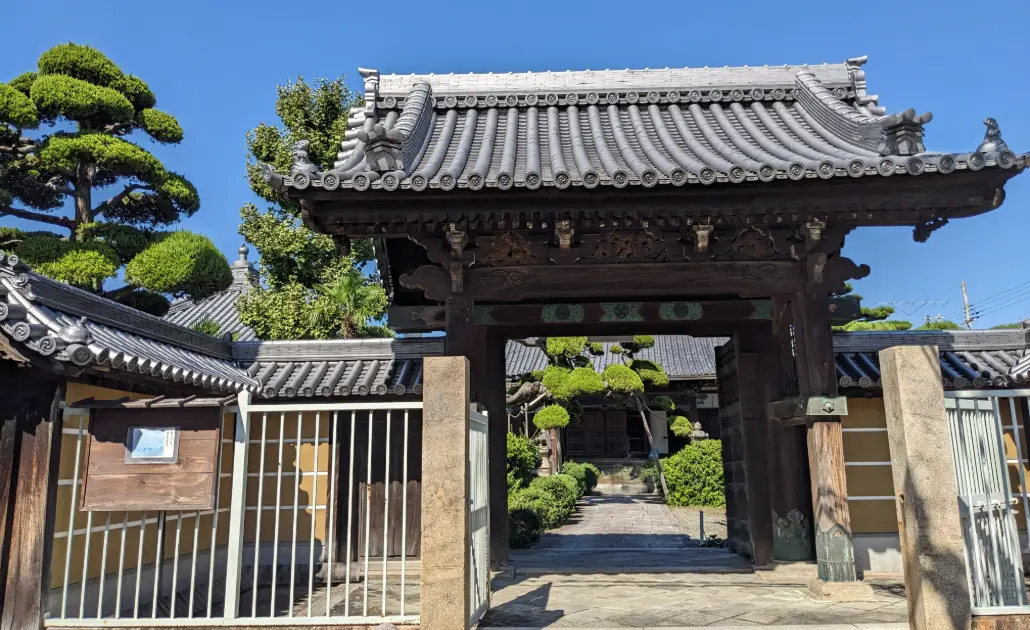
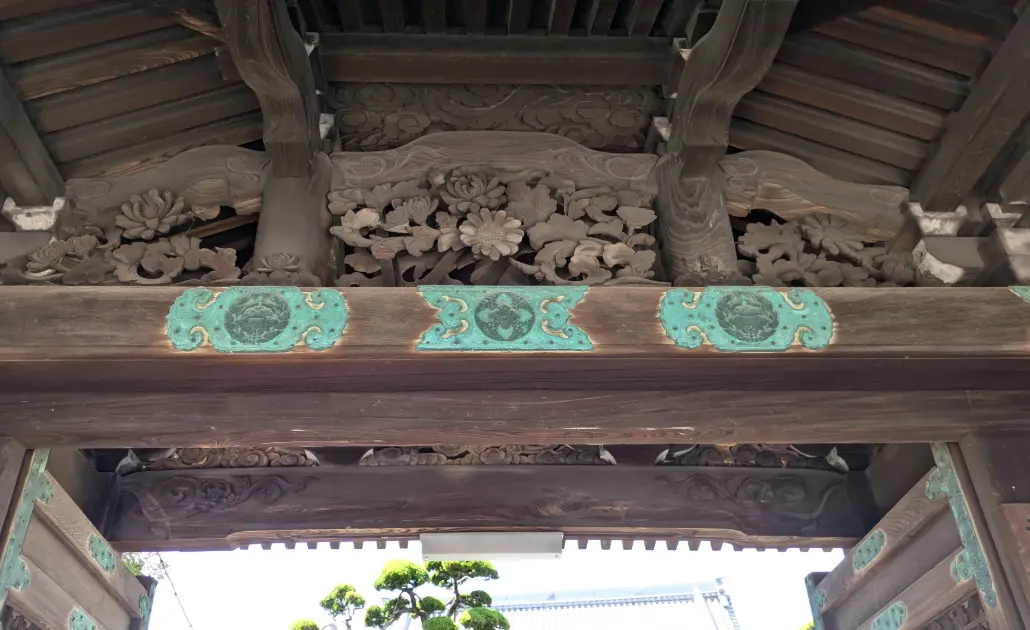

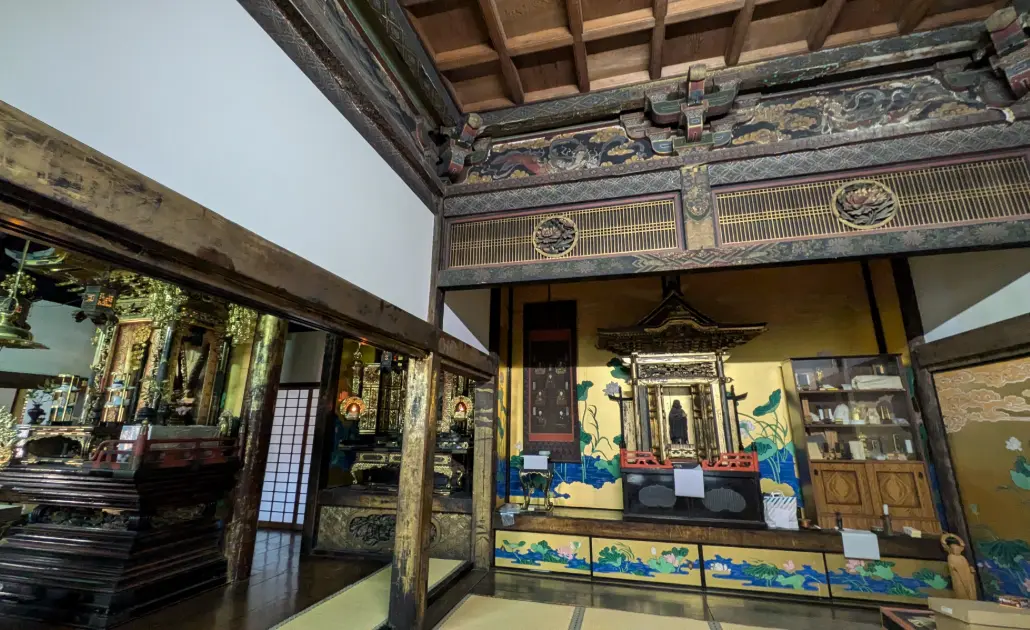
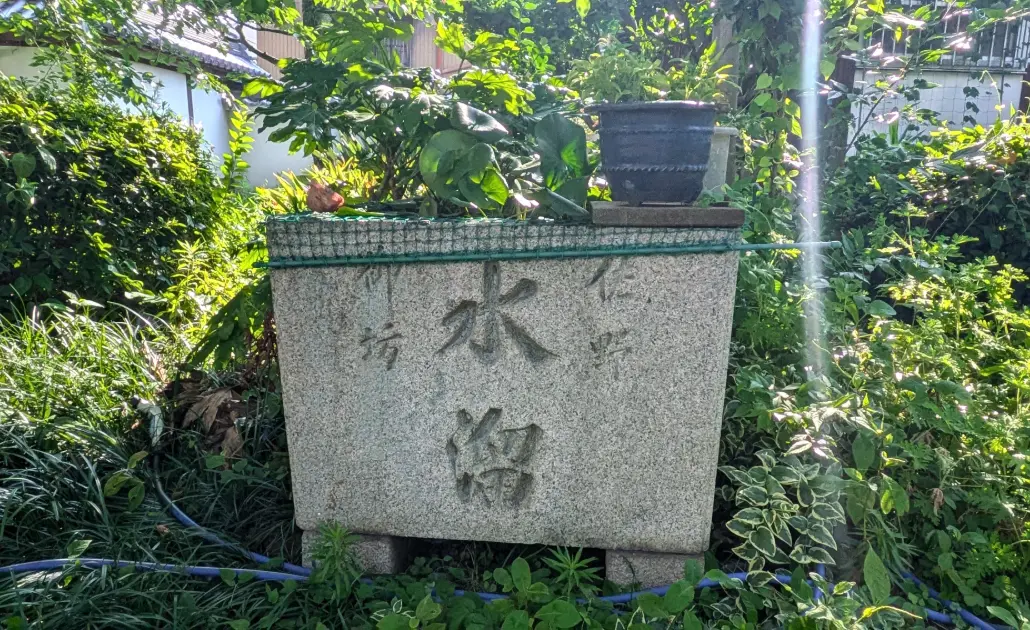
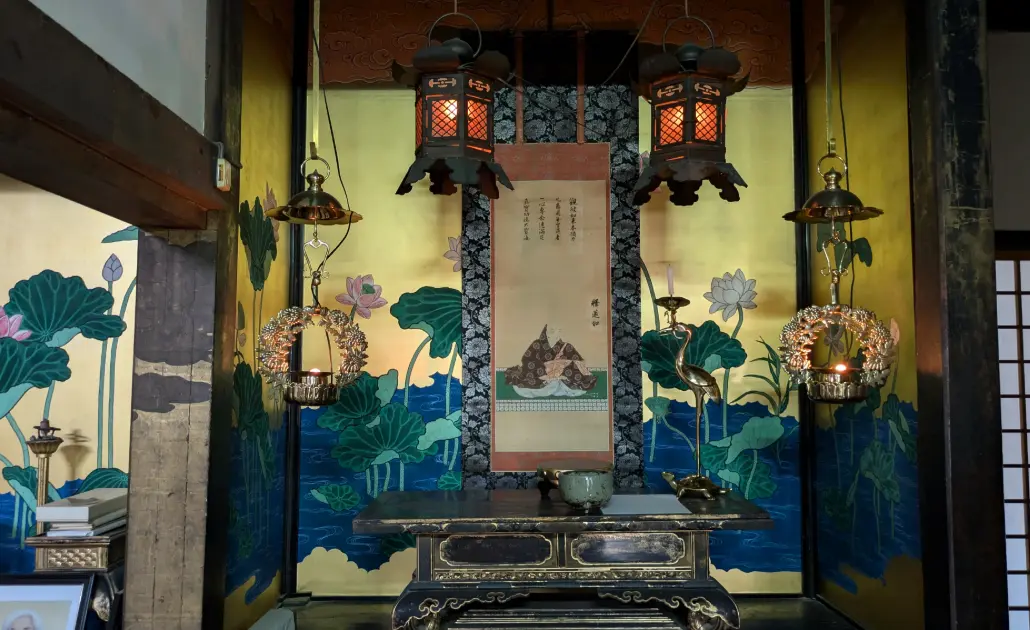
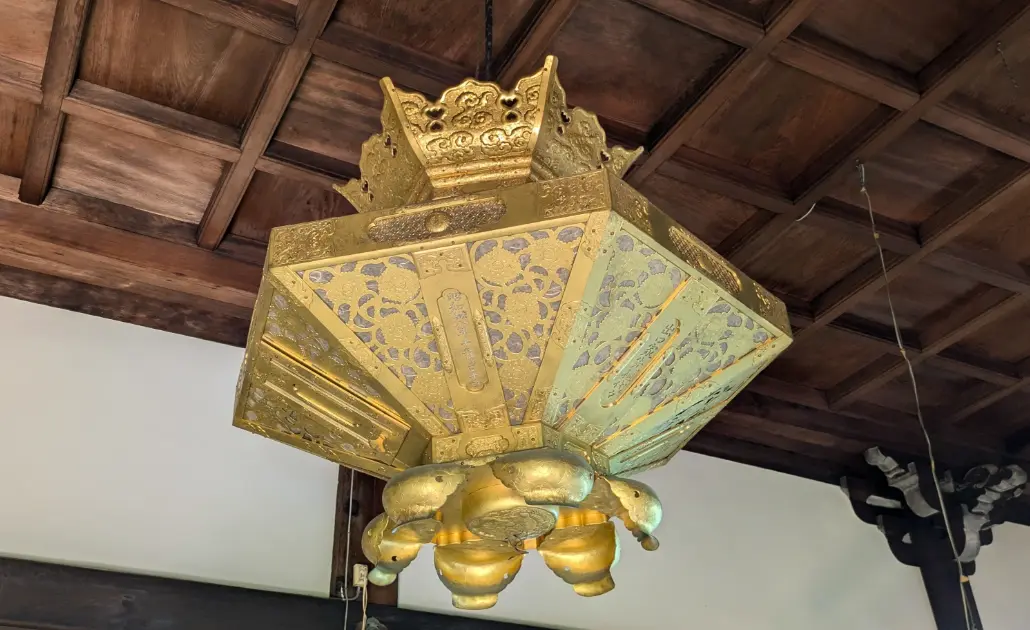
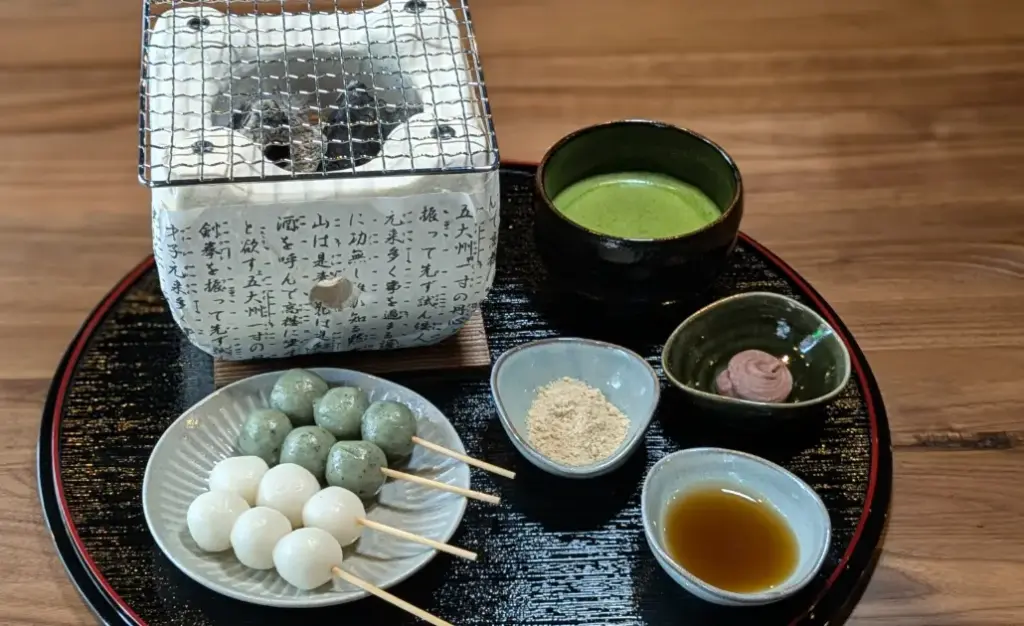
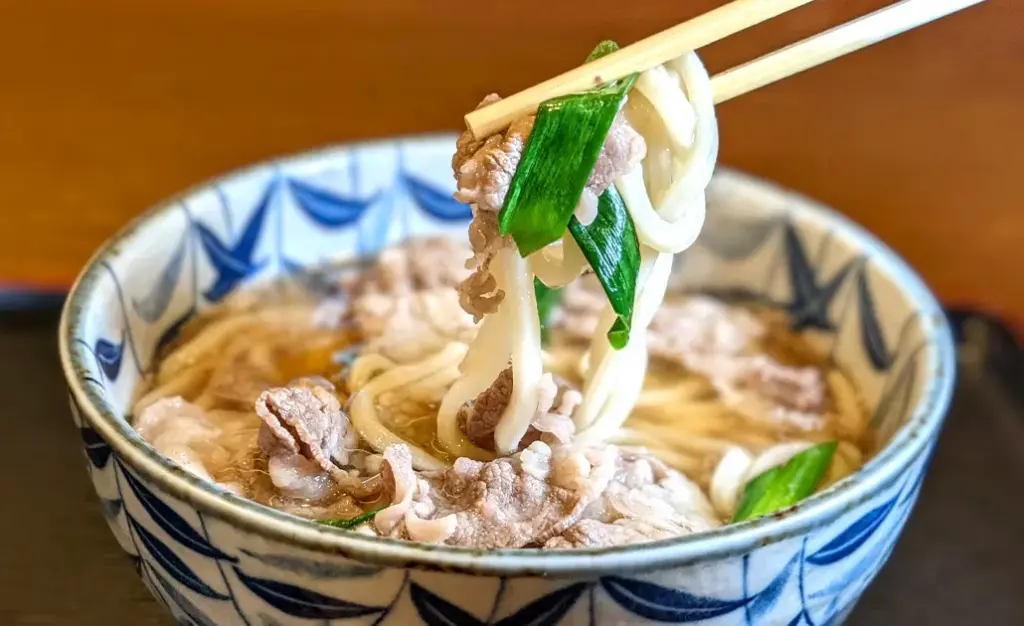



Comment